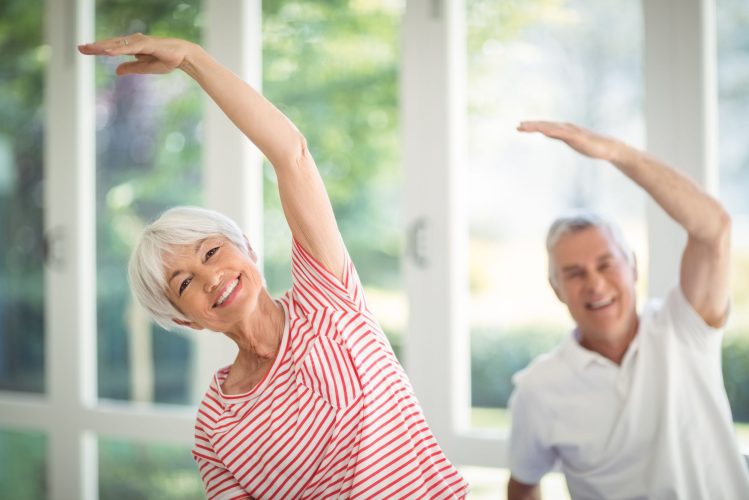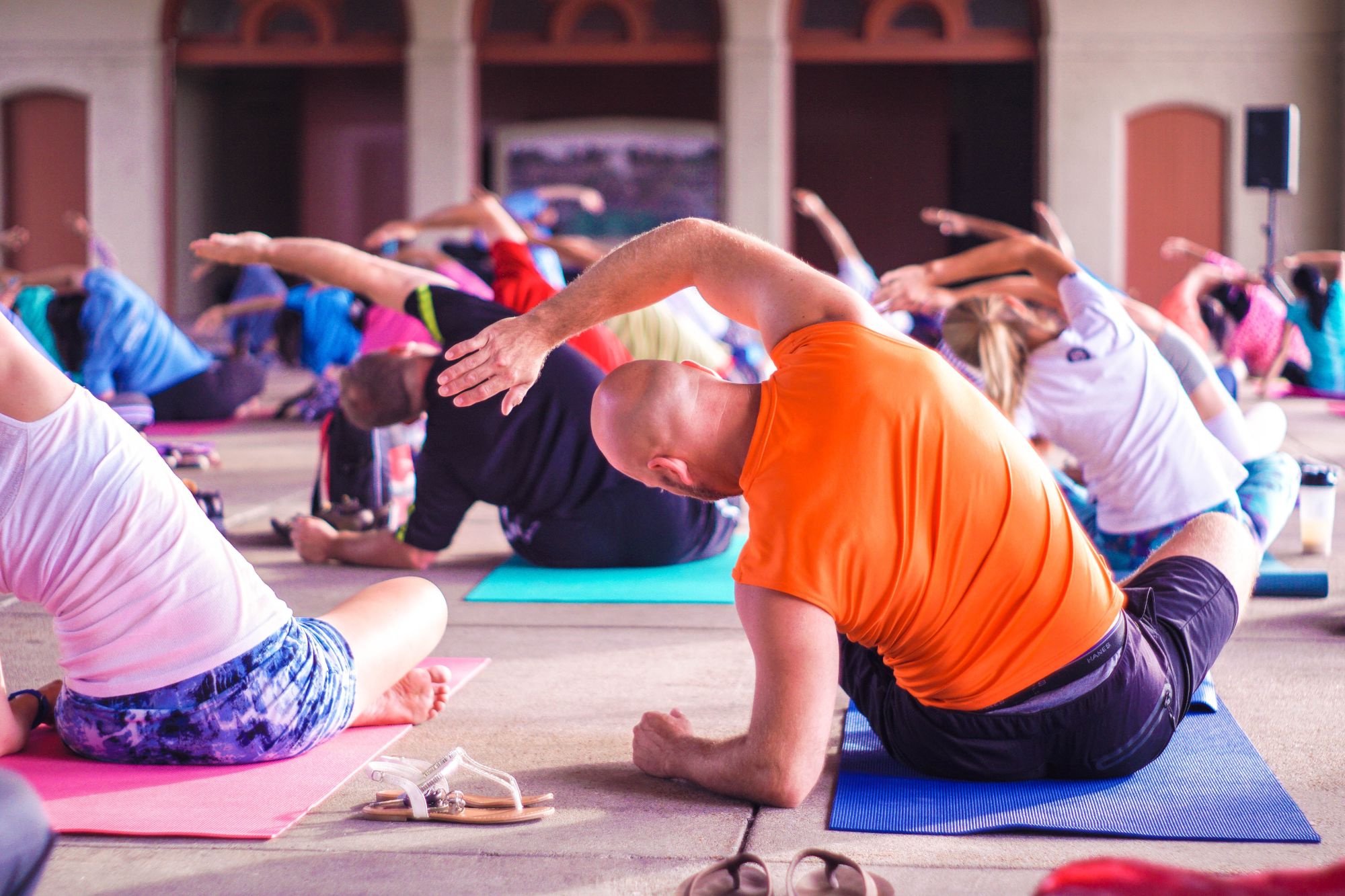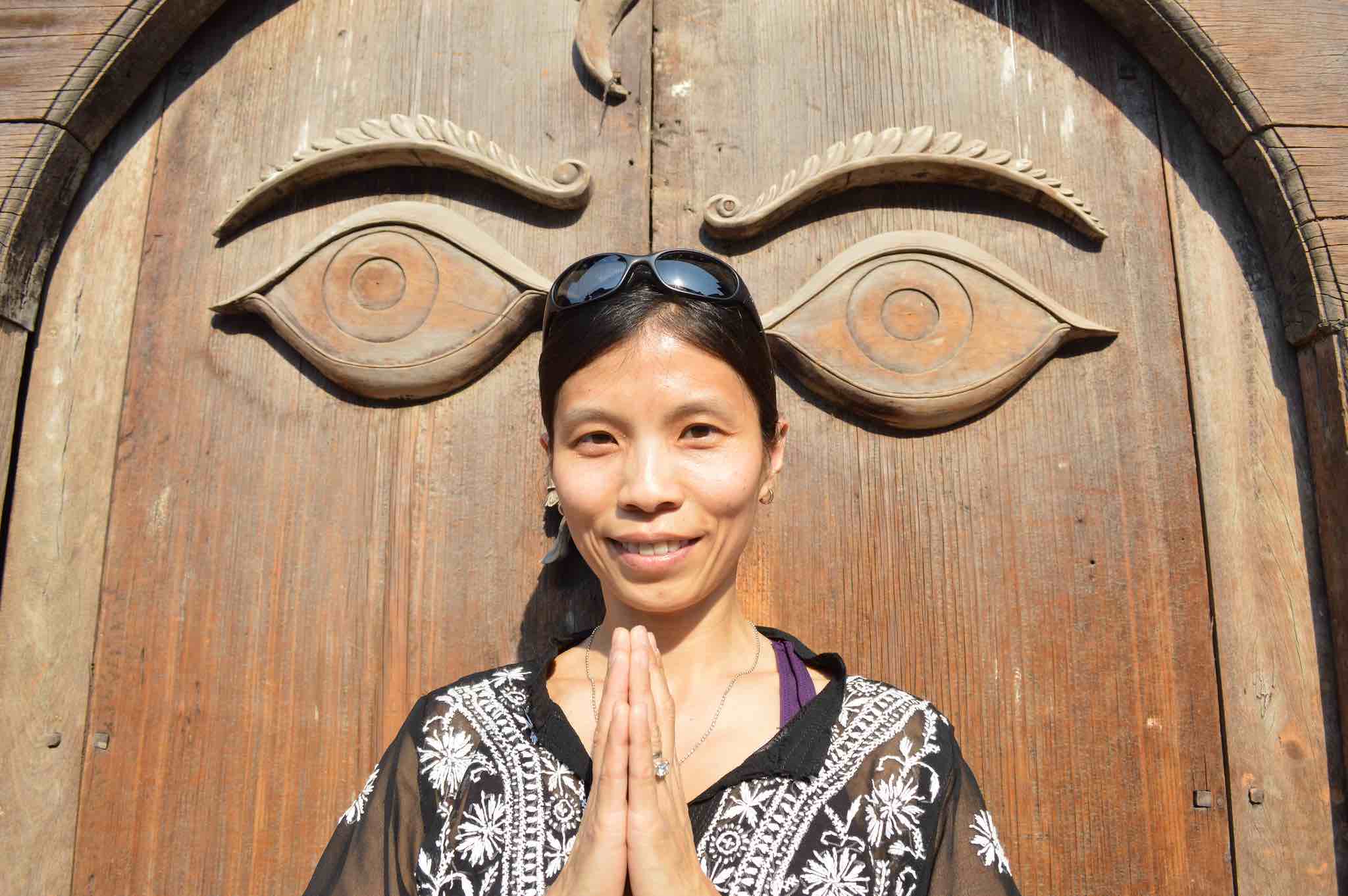We start to age the day we are born. In fact, all of us are aging right now. This is inevitable and good news because when we stop aging, it means we have died. Consider the following questions:
- Does aging bother you?
- Do you feel limited by your age and stage?
- How are you taking care of your body?
- What if I told you that you could only have one car your whole life – how would you take care of it? What kind of gas and oil would you put in it? How often would you do maintenance? Of course, you can have more than one car in your life, but the reality is that you only get one body. So, how are you taking care of it?
In the last 100 years, life expectancy has significantly increased. How long are you prepared to live? Another 10, 15, 20, or 25 years? Think of it this way: are you able to grow older and maintain a great quality of life while physically being able to do what you want to do?
Whether you realize it or not, as you age, you have the ability to create and/or maintain a great quality of life. This doesn’t mean that each of you will be able to do all of the same activities in all the same ways you could in your 20s, 30s, 40s, or even 50s. But, the reality is, if you take great care of both your mind and body, you can have a wonderful quality of life. This might involve physical, mental, and emotional adjustments.
A couple years ago, I took an aerial yoga workshop. It was wonderful! But, I also knew that my experience was colored by both my age and recent injury. I could tell that were I 15 to 20 years younger, I would have had a different experience. I still enjoyed the workshop and plan to attend more, but, I have to take different care of myself at this age and stage than I did when I was younger. This is not a problem, but an adjustment.
The Aging Process
Let’s briefly talk about the aging process. Starting at age 18, our skin loses elasticity. At age 30, lung function starts to decline. At 35, bone mass starts to decrease. By 40, our muscles start to lose strength. And, as most of us know, at around age 40 to 50, fat levels also start to increase.
In a recent New York Times article about the link between exercise and healthy aging, Gretchen Reynolds explains, “what we previously thought of as inevitable in aging is in fact preventable.”
Human beings evolved to stand and move, yet, today, we spend too much time sitting while watching TV or at the computer. The more we sit, the weaker we become: the weaker we become, the more we want to sit. Lack of use decreases muscle mass, leading our muscle fibers to atrophy. Sitting also reduces bone density, making our bones more fragile. The weaker we get, the less we do: the less we do, the weaker we get. This is a cruel, vicious cycle, but engaging in a yoga practice specifically designed for the aging body can help us break out of this pattern.

The Benefits of Yoga
Yoga is of course a great way to exercise, but it offers much more than just that. Yoga is associated with lowering blood pressure, blood glucose, and lipid levels. Other conditions yoga has helped include arthritis, anxiety, depression, insomnia, back pain, and osteoporosis. Dynamically and statically doing yoga poses help us maintain coordination while improving flexibility, strength, balance, and range of motion.
A Yoga for Healthy Aging practice includes dynamically moving in and out of yoga poses and statically holding them for periods of time. This is the best way to improve lung function, build muscle strength, improve flexibility, and stop bone density loss. Specifically, as we work to improve flexibility, strength, balance, and equanimity, a yoga practice for those over 50 must be safe for our bodies (especially our joints). To do that, there are a variety of tools that have been shown to foster a healthier life span. These yoga techniques can help improve physical health by strengthening the mind and body, while also lowering stress. Make no mistake, yoga does not stop the aging process, but it can help us age more gracefully by improving our physical health and equanimity.
As one of my teachers, Baxter Bell, put it during my Yoga for Healthy Aging teacher training, “Yoga is not a protective force field that will protect us from all the bad things that can happen. Even when we do everything right, we can get surprised by life. One of the beautiful aspects of yoga is that it allows us to face difficulty with a still and steady mind. While we cannot reverse aging, a regular yoga practice can help us age in a more healthy way.”
Try this exercise for healthy aging:
- Take a minute while sitting to play with dynamic and static movement.
- Ideally barefoot, focus on your feet touching the floor. Feel your toes on the floor, especially your big toe. Then, feel the outside edges of your feet on the floor.
- Now, feel your sit bones on the chair, lining up your ears, shoulders, and hips. Let your arms fall to the side, palms facing forward.
- Inhale arms and gaze up to the ceiling. Exhale arms and gaze in front of you. Do this 3 to 5 times. Now, inhale arms, gaze up, and hold for 3 to 5 full breath cycles. Then, exhale down.
- Take a moment to sit quietly before moving around.

















2 replies on “How to Age with Grace and Equanimity”
Since meditation is a part of yoga, it sounds like your groups is already doing it! Adding some movement with breath before mediation might be helpful for those who find it hard to settle into a meditation practice. Glad you liked the article!
Thank you so much for this article. I plan to present it to a group at my retirement community who get together to meditate and reflect. Maybe we could even add some Yoga to our practice???? But, even if not, your comments are very helpful!!